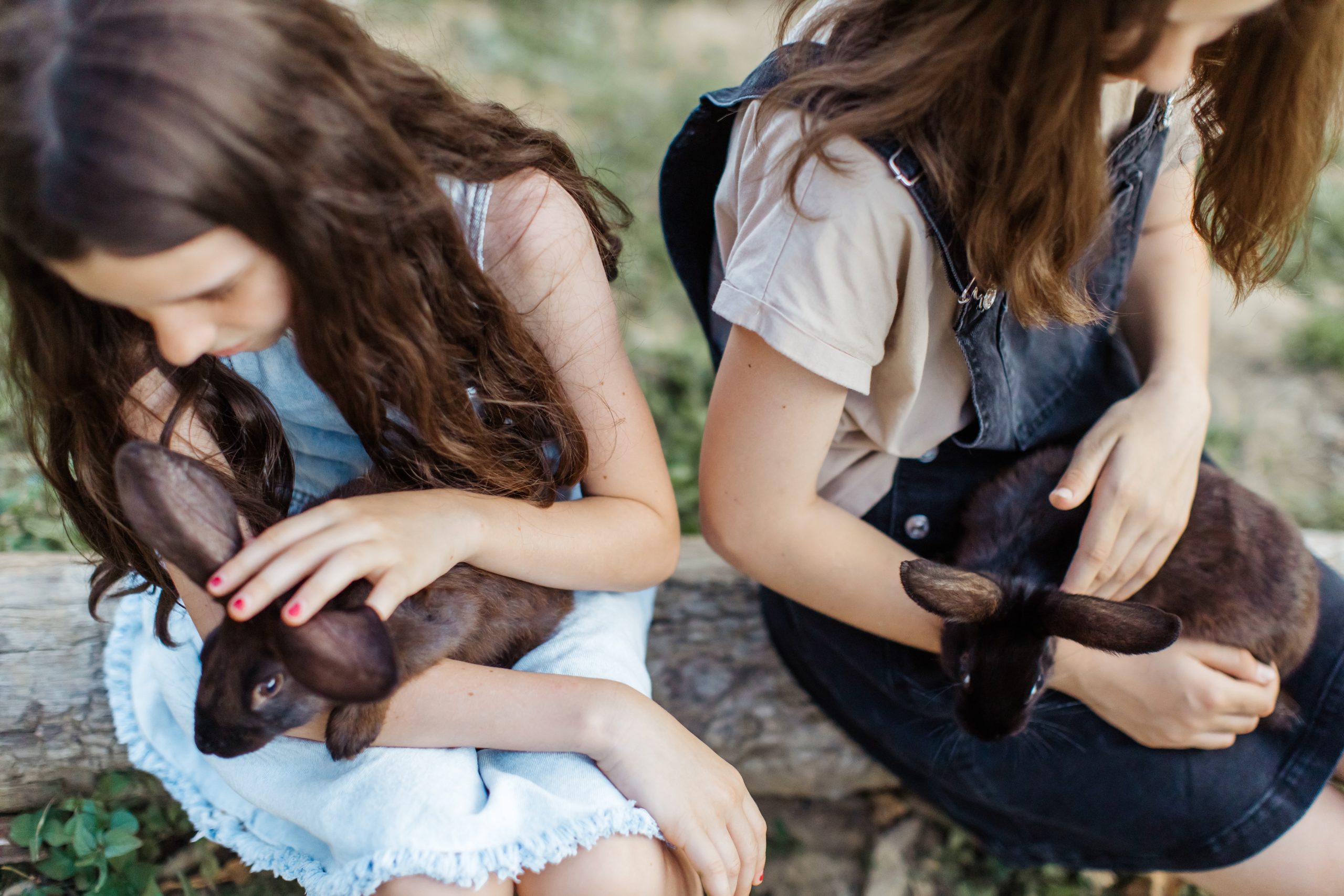
You must be kidding!

In some of our talks for students, we talk about the different words that we have for baby animals. This is to contrast them with the use of diminutives in Spanish, which often substitute the ‘baby’ word, so that, for example, cachorros de perro y de gato become perritos y gatitos. In English, these kinds of diminutive suffixes are much less common, so it’s important to learn the different ‘baby’ words. Most students know that a baby dog is a puppy or that a baby cat is a kitten (although many will tell you that it’s a ‘kitty’), but very few know that a baby sheep is a lamb, a baby horse a foal or a baby cow a calf. And I am yet to meet a student who knows that baby fish are ‘fry’. One ‘baby’ word that most students do know is ‘kid’. But how many of them know that a kid is a baby goat?
Kid started to be used as a slang word for child as long ago as the 16th century. It became popular in the 19th century and is now almost universal. Even people with little or no knowledge of the English language recognise the word from its frequent use by retailers. For marketing reasons, many fashion outlets in Spain now use English in their signage and have ‘man’ ‘woman’ and ‘kids’ departments rather than the traditional and more complicated ‘menswear’ ‘ladieswear’ or ‘childrenswear’. Why they no longer use ‘caballeros’, señoras and infantil, I do not know, but that is another matter.
There are some nice idiomatic expressions derived from kid. ‘Kid stuff’ or ‘kid’s stuff’ is something easy to understand. To treat someone with kid gloves means to treat them very carefully and with tact, gloves made from kid goat skin being very soft to the touch.
The verb ‘to kid’, meaning to pull someone’s leg, to trick or deceive someone into believing something, but as a joke, developed from this meaning of kid as a child. When you kid someone, you supposedly treat them as a child. We think of children as being innocent and easily deceived, which in my experience is not always the case.
Jon Ostler






